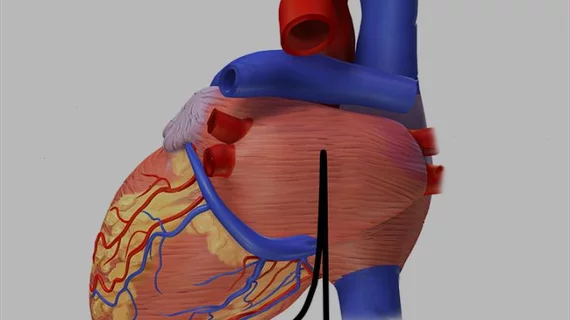Researcher highlights importance of imaging, biomarkers in cardio-oncology
A scientist at the American Society of Clinical Oncology (ASCO)’s annual meeting discussed how cardiac imaging and biomarker measurements could improve care for cancer survivors.
The intersection between cancer and heart failure has drawn researchers’ interest, and the emerging field of cardio-oncology now has medical journals and research conferences devoted exclusively to the topic.
Paaladinesh "Dinesh" Thavendiranathan, MD, with Toronto General Hospital Research Institute, told attendees at ASCO 2018 that measuring left ventricular ejection fraction (LVEF) or myocardial strain are two ways to assess pre-treatment risk when treating cancer survivors at risk of heart failure. Thavendiranathan said myocardial strain measurements are gathering momentum, while LVEF measurements have long been the gold standard.
A recent study in the Journal of the American College of Cardiology showed a measure of global longitudinal strain was more accurate than LVEF in predicting mortality among 4,172 patients with acute heart failure.
"When there's a new technique that's introduced, there's always a bit of trepidation and I want to reassure you that strain measurements are not really more complex than ejection fraction measurements," Thavendiranathan said.
He also added that serum biomarkers can complement the results of cardiac imaging, although it is important to pay attention to which assay is used as well as the timing of the biomarker tests to best interpret the results.
Read more from Health Imaging:

